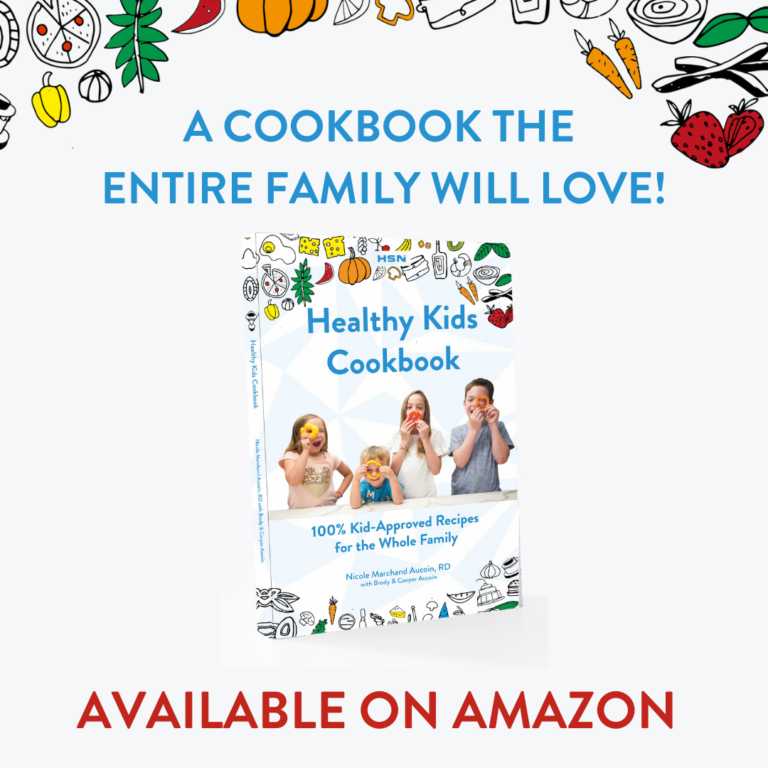As the festive season approaches, it’s natural to experience a mix of emotions, from excitement and anticipation to stress and anxiety. Navigating the holidays can be tough.
Today, we’ll explore practical strategies to help you embrace the holiday spirit while nurturing your physical and emotional well-being. At Healthy Steps Nutrition, we believe in a holistic approach to nutrition and wellness. That belief extends to when we are in stressful times or situations.
So let’s position ourselves to enjoy mindful celebration, where we learn to savor every moment, make conscious choices, and cherish the deep connections that truly make the holidays meaningful.
Understanding the Holiday Blues
Many of us find the holiday season to be a time of stress and unease. While it’s a season of joy and celebration, it can also present challenges. Tempting treats, hectic schedules, and reduced time for exercise can make it difficult to stick to your health goals.
Why Do We Gain Weight And Feel Stressed Out During the Holidays?
The weight gain that often accompanies the holiday season can be attributed to several factors, including changes in eating habits, increased consumption of high-calorie foods and beverages, reduced physical activity, and the social and emotional aspects of the holiday season.
Because weight gain and stress is synonymous with the holidays it’s important to understand that there is light. Navigating the holidays doesn’t have to be stressful and impossible. By getting yourself into the proper mindset, you will come out the other side on January 1st screaming into the new year without new year’s resolutions that involve weight loss.

Strategies for Mindful Celebration
To navigate the holidays mindfully and avoid feeling deprived of fun or derailed, consider the following strategies:
Strategy #1 - Set a Goal
For the holiday season, set a specific, achievable goal that aligns with your well-being or joy. It could be as simple as taking a daily walk, sharing a heartfelt moment with a loved one, or trying a new holiday recipe the whole family will love.
Focusing on a single goal can make the season more manageable and meaningful.
Consider setting SMART Goals:
Specific: the goal is clear
Measurable: easy to measure and track
Achievable: Realistic
Relevant: it matters to YOU
Time-bound: You’ve set a time frame
Don’t skip it. Whatever you decide to do, whether it’s incorporate exercise when you can’t get to the gym, or share extra time with a child, make it an appointment on your daily calendar.
This approach will help you create goals that make sense, inspire action, and are more likely to be achieved.
Strategy #2 - Use The Plate Method

A simple and visual approach to meal planning and portion control, the plate method involves dividing your plate into specific sections:
Half: Fill half of your plate with non-starchy vegetables like leafy greens, broccoli, or peppers. These low-calorie, nutrient-dense foods provide essential vitamins and fiber.
One-quarter: One-quarter of the plate is for a lean protein source, such as grilled chicken, fish, tofu, or beans.
Protein helps you feel full and provides essential nutrients.
One-quarter: The remaining quarter of the plate is for starchy foods like brown rice, whole-grain pasta, or sweet potatoes.
These starchy foods provide energy and are called carbohydrates.
Side: On the side include a small portion of healthy fats. This can come from sources like olive oil, nuts, or avocados.
These fats can add flavor and satiety to your meal.
This method is adaptable to various dietary preferences, making it an accessible and practical tool for achieving balanced nutrition. At Healthy Steps Nutrition we have found it to be a valuable tool for those trying to avoid weight gain, prioritize healthy eating habits, and learn how to achieve a balanced diet.
Strategy #3 - Practice Mindful Eating
Mindful eating is a practice that encourages us to be fully present and aware during our meals. It involves paying close attention to the flavors, textures, and sensations of each bite, as well as recognizing our body’s hunger and fullness cues.
By eating mindfully, we can foster a healthier relationship with food, make better dietary choices, and enjoy our meals with a heightened sense of satisfaction and appreciation. This approach not only supports our physical well-being but also promotes a deeper connection with the food we consume, allowing us to savor the simple joy of nourishment and healthy food.
Key Principles of Mindful Eating:
Listen to Your Body: Pay attention to your body’s hunger and fullness signals. Eat when you’re genuinely hungry, and stop when you feel satisfied, not overly full.
Eat Slower: Putting your utensils down between bites helps you eat slowly. This pacing allows your body to register fullness more accurately and prevents mindless overeating.
Chew Thoroughly: Slow down and chew each bite thoroughly. This aids in digestion and allows you to savor the taste of your food.
Be Distraction-Free: Give yourself the gift of full attention during mealtime. Move away from tempting buffets, switch off the TV, tuck your phone away, and choose a cozy spot where you can truly relish each mouthful of your meal.
Take Breaks: Pause during your meal to reflect on the taste, your level of fullness, and your overall eating experience.
Recognize Cravings: If you’re craving a specific food, allow yourself to enjoy it in moderation. Deprivation can lead to overindulgence later.
Benefits of Mindful Eating:
Improved Weight Management: Mindful eating can help you develop a healthier relationship with food, leading to more balanced eating habits and better weight management.
Enhanced Digestion: By eating slowly and chewing thoroughly, you’re giving your digestive system time to break down food properly, improving digestion and reducing discomfort that happens when you eat foods too fast.
Reduced Stress and Anxiety: Practicing mindfulness during meals can help reduce stress and anxiety, promoting a sense of calm and well-being. The entire premise of allowing time to sit down and eat healthy, all while enjoying the food, simply reduces stress.
Improved Body Image: By focusing on the experience of eating rather than solely on appearance or weight, mindful eating can help improve your body image and self-esteem.

Strategy #4 - Prioritize Daily Movement
Healthy holidays include exercise! Exercise can help you feel good, reduce stress, and make healthier food choices. Incorporate regular physical activity into your holiday routine, even if it’s just a short walk or a home workout. Getting a family member involved helps you stay accountable and helps them also stay active.
Holiday stress is real. Exercise has been shown in many studies to be a major stress reliever, and here’s how:
Endorphins: Exercise stimulates the production of endorphins, chemicals that have mood-boosting effects.
Distraction: Exercise can provide a much-needed distraction from worries and stresses.
Social Interaction: If you exercise in a group setting, you can enjoy the social benefits of interacting with others.
Improved Sleep: Regular exercise can help you sleep better, which can help reduce stress.
Increased Self-Esteem: Achieving fitness goals can boost your self-esteem and confidence.
Additional Tips For A Healthy Holiday Season
Plan Ahead: Prepare for holiday gatherings by planning your meals and snacks in advance. No matter what, don’t skip meals or show up to a holiday party starving. Doing so makes it very challenging to stick to the promises you have made to yourself.
Be Mindful of Social Pressures: Holiday parties and holiday eating don’t have to be stressful. Bring a healthy dish to parties and don’t feel obligated to eat or drink more than you want.
You can either announce your newly found healthy goal to the world and see who will join in, or you can keep it quiet. I am make healthier options of popular dips and bring them to parties all the time. Nobody knows the difference, and I get multiple requests for the recipes.
Practice Self-Care: Take time for relaxation and stress-reduction techniques. The simply act of taking three deep breaths and exhaling slowly when you feel stressed or anxiety really does help.
Additional activities such as sitting in a sauna, hot tub or cold plunge also offer great benefits.
Connect with Loved Ones: Focus on building meaningful connections with family and friends.
Wrap Up And Bonus
By following these strategies, you can enjoy the holidays without compromising your health and well-being. Remember, the goal is not to be perfect but to find a balance that works for you.
If you are looking for healthy holiday foods to bring to parties or make for your next holiday meal, here are some amazing recipes we have found are favorites.






